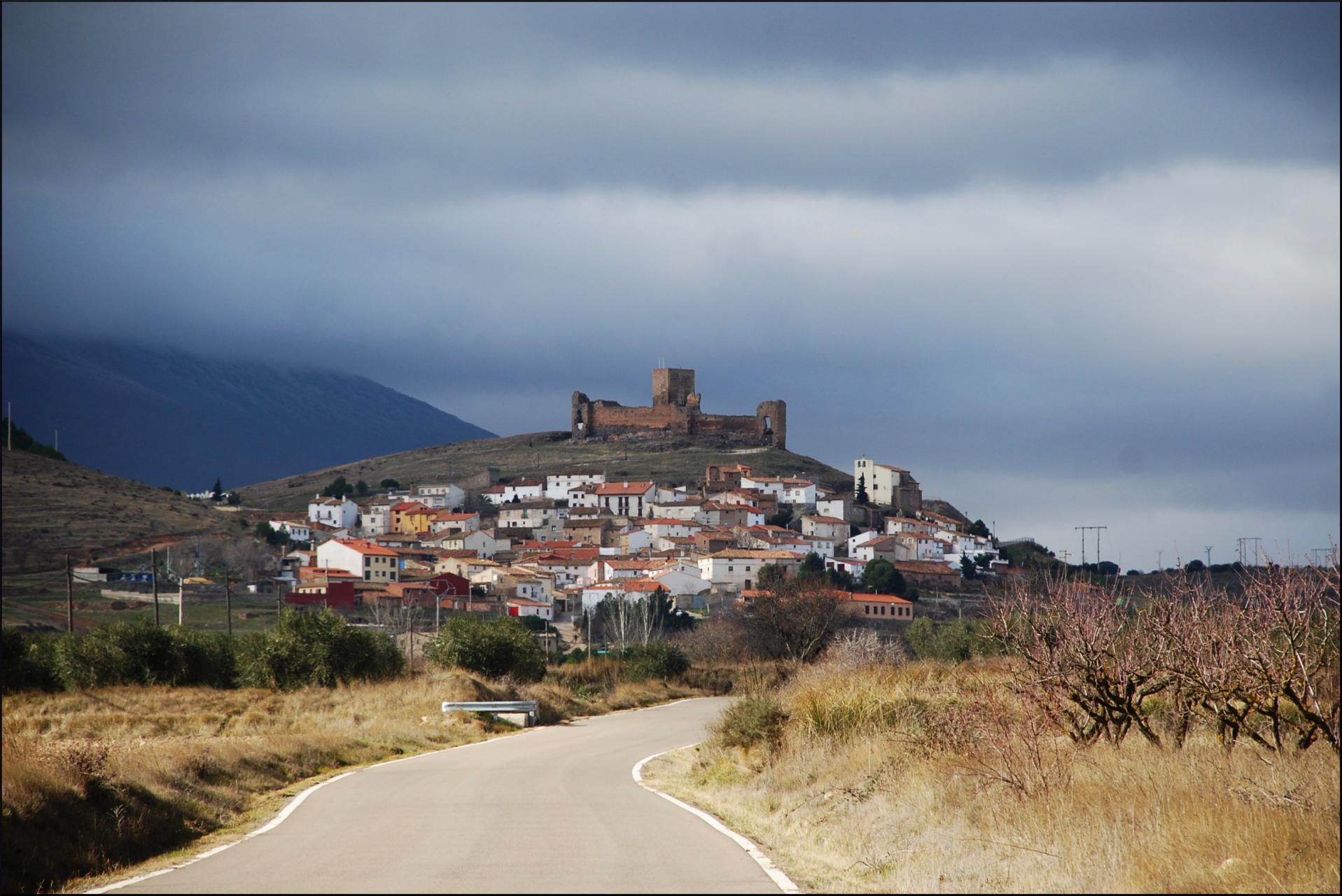
Trasmoz is Spain’s only cursed village and the only one to have been excommunicated from the Catholic Church. | Wikipedia
Trasmoz27/08/2021 10:39
Witches and the Inquisition. Two recent articles in The Guardian have considered both subjects, the witches in rather greater depth than the Inquisition, the paper having reported research which shows current income levels in parts of Spain which had little Inquisition activity to on average be eight per cent higher than those which did.

No comments
To be able to write a comment, you have to be registered and logged in
Currently there are no comments.